Rare and interesting Canary Islands violets and their cyclotides
The Canary Islands are a popular holiday destination, but due to the unique flora, they are also very interesting from a scientific point of view. The journal Scientific Reports published an article (see below) resulting from a scientific visit by Dr. Błażej Ślązak to the Canary Islands, financed by the Regnells Foundation (Regnells Stiftelse för Botaniskt Resestipendium), and cooperation between scientists from the Institute of Botany PAS, Universidad de Las Palmas de Gran Canaria (Canary Islands, Spain) and Uppsala University (Sweden). The article focuses on rare, endemic violets from the Canary Islands and cyclotides – chemical compounds produced by these plants. The studied violets – Viola anagae, V. palmensis, V. cheiranthifolia and V. odorata – occur in very different environments, from subtropical laurel forests to the top of the Teide volcano. The article describes the diversity of cyclotides produced by violets and the potential role of these compounds in the adaptation of plants to their environment. Mass spectrometric methods have been proposed to relate cyclotide production patterns to specific species of violets while showing that these patterns can be used as highly sensitive chemotaxonomic markers for species identification.
Slazak B., Kaltenböck K., Steffen K., Rogala M., Rodríguez-Rodríguez P., Nilsson A., Shariatgorji R., Andrén P.E., Göransson U. 2021. Cyclotide host-defense tailored for species and environments in violets from the Canary Islands. Scientific Reports 11: 12452. DOI
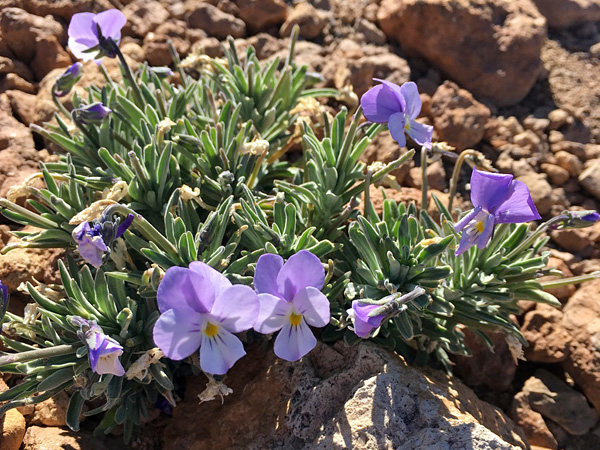
V. cheiranthifolia growing at an altitude of approx. 3000 m, on the slopes of Teide volcano (Tenerife).
Photo: B. Ślązak.
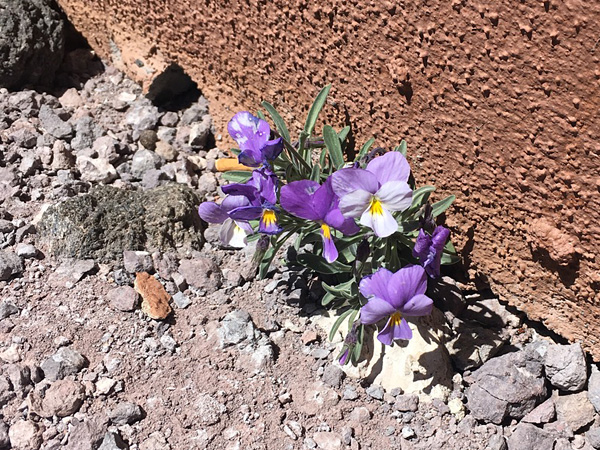
V. cheiranthifolia growing by the building of the terminus of the cable car on Teide volcano (Tenerife).
Photo: B. Ślązak.
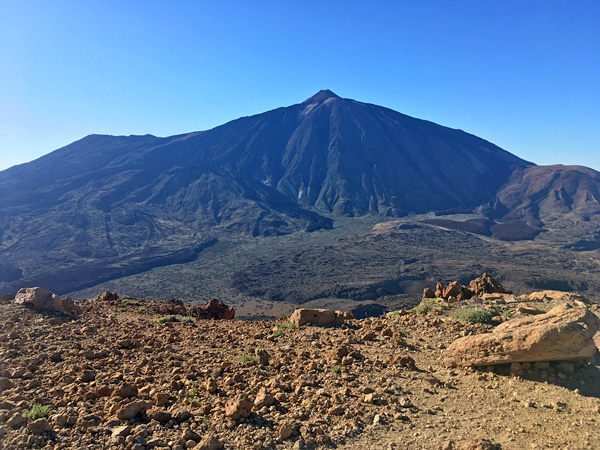
Teide volcano (Tenerife).
Photo: B. Ślązak.

Gran Canaria.
Photo: B. Ślązak.
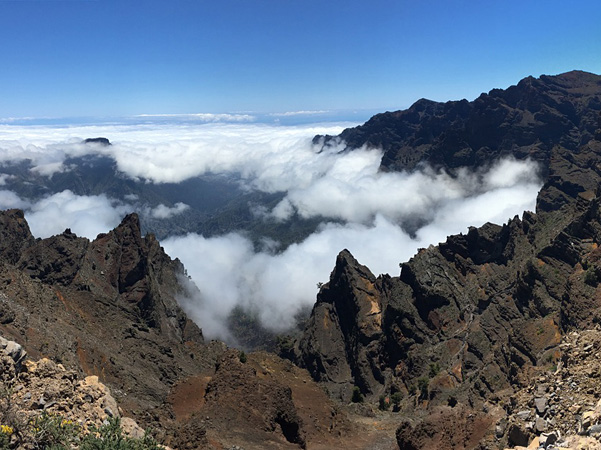
View of the Caldera de Taburiente National Park (La Palma) – the habitat of V. palmensis.
Photo: B. Ślązak.

V. palmensis, Caldera de Taburiente National Park (La Palma).
Photo: B. Ślązak.
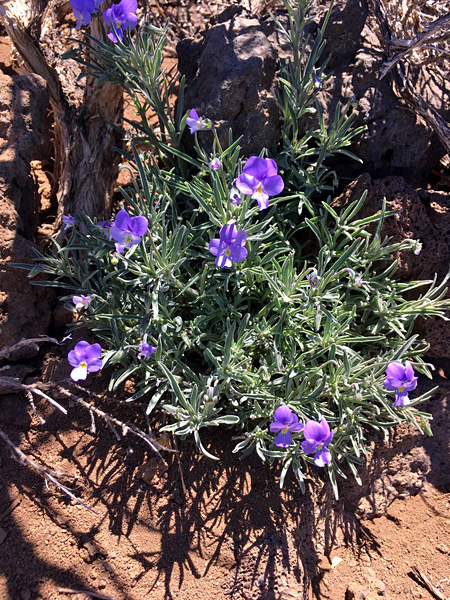
V. palmensis, Caldera de Taburiente National Park (La Palma).
Photo: B. Ślązak.
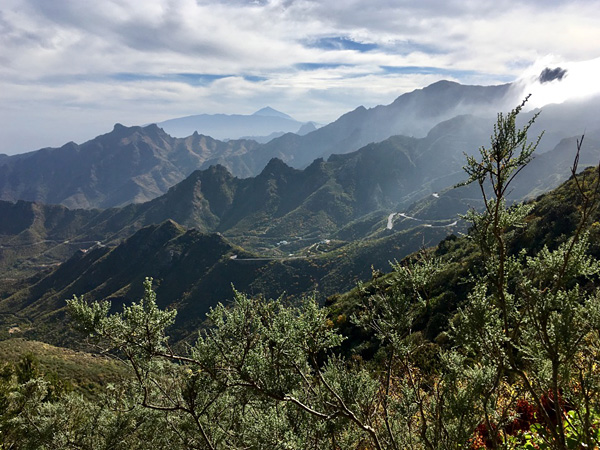
View of Teide volcano from the Anaga Rural Park (Tenerife) – the habitat of V. anagae.
Photo: B. Ślązak.
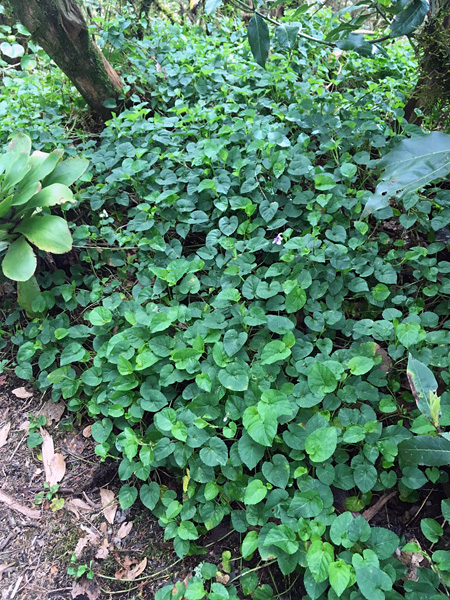
V. anagae, Anaga Rural Park (Tenerife).
Photo: B. Ślązak.
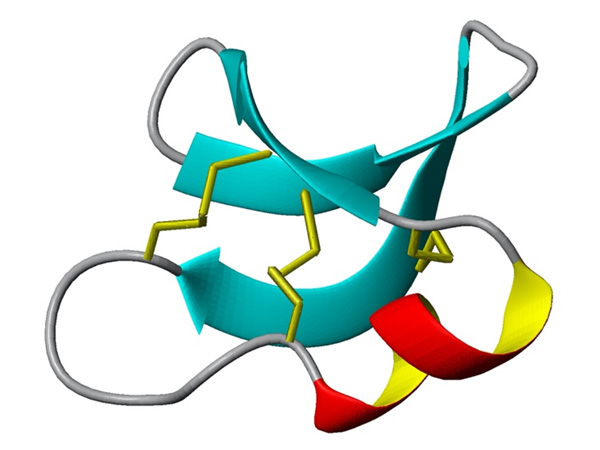
The structure of an example cyclotide – cycloviolacin O2.
Figure: B. Ślązak.





